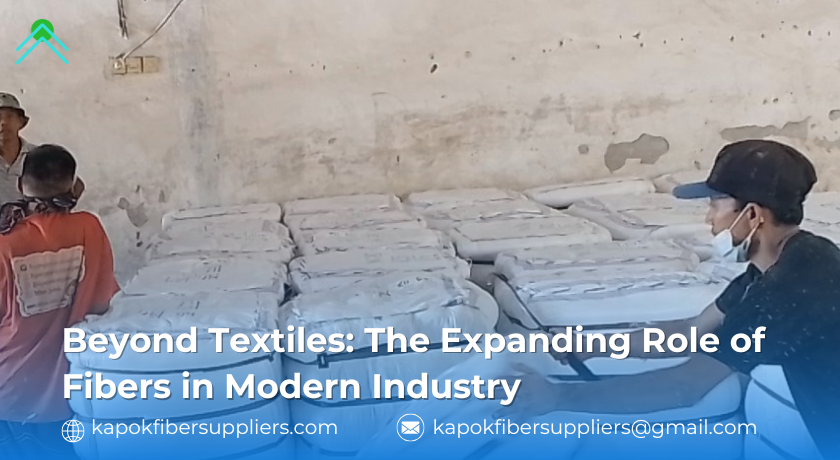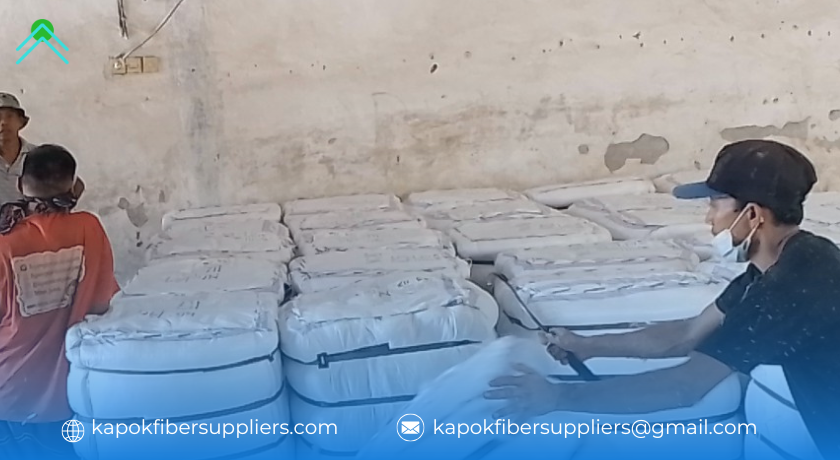
Fibers are no longer just the foundation of clothing and textiles; they have evolved into key components of modern technology, sustainability, and innovation. From natural plant-based fibers to advanced synthetic materials, fibers are shaping industries in ways we never imagined. Let’s explore how fibers are revolutionizing the world around us.
Types of Fibers: From Nature to Innovation
Fibers come in a variety of forms, each serving a unique purpose across different sectors. They can be categorized as:
- Natural Fibers – Extracted from plants (cotton, kapok, flax), animals (wool, silk), or minerals (asbestos).
- Synthetic Fibers – Man-made fibers such as polyester, nylon, and aramid, engineered for durability and specific performance needs.
- Bioengineered Fibers – A new generation of fibers developed through biotechnology, such as lab-grown spider silk and algae-based materials.
The Unique Characteristics of Fibers
Different fibers offer a range of benefits, making them indispensable in various industries:
1. Strength and Resilience
Fibers like carbon fiber and Kevlar provide unmatched strength, making them essential in aerospace, defense, and automotive engineering.
2. Softness and Comfort
Kapok, bamboo, and organic cotton are valued for their ultra-soft texture and breathability, ideal for eco-friendly clothing and bedding.
3. Moisture Management and Thermal Regulation
Wool, hemp, and kapok fibers efficiently absorb moisture while providing natural insulation, making them perfect for temperature-controlled textiles.
4. Sustainability and Biodegradability
As the world moves towards eco-conscious solutions, natural and bio-based fibers are reducing environmental impact by replacing plastic-based materials.
Industries That Rely on Advanced Fibers
Fibers play a crucial role in a wide range of industries beyond textiles, driving innovation and sustainability:
- Automotive & Aerospace – High-performance composite fibers improve fuel efficiency and durability.
- Healthcare & Biotechnology – Antimicrobial fibers are enhancing medical textiles, wound dressings, and even biodegradable implants.
- Eco-Friendly Packaging – Sustainable fibers are replacing single-use plastics in packaging solutions.
- Wearable Technology – Smart fibers embedded with sensors are revolutionizing fitness and health monitoring.
- Construction & Infrastructure – Fiber-reinforced materials enhance strength while reducing the weight of structures.
The Future of Fibers: A Sustainable and High-Tech Revolution
Innovation in fiber technology is unlocking new possibilities for sustainability and performance:
- Regenerative and Recycled Fibers – Converting waste textiles into new, high-quality materials.
- Biofabricated Fibers – Growing synthetic silk and plant-based fibers in labs to reduce reliance on traditional farming.
- Smart Responsive Fibers – Textiles that adapt to body temperature, monitor health, and provide real-time data.
Conclusion: A New Era for Fibers
As industries push towards sustainability and efficiency, the role of fibers is expanding beyond traditional textiles. Whether through biodegradable materials, high-tech composites, or smart textiles, fibers are shaping the future of innovation.
Are you ready to embrace the next generation of fiber technology?

